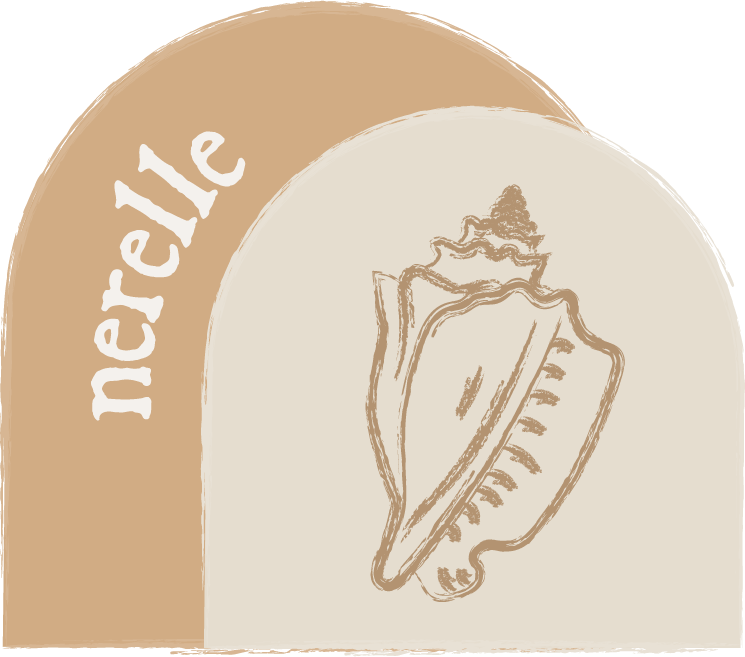
EV NAUTILUS PHOTO JOURNAL PT. 3 | DEEP SEA EXPLORATION IN AMERICAN SAMOA
Part 3 from my photo journal with Ocean Exploration Trust’s E/V Nautilus; conducting deep sea research with a bunch of rad humans and technology to discover the undiscovered around my home waters, and the National Marine Sanctuaries of American Samoa.
July to August 2019.
–
Our ROV dives at Swains island were cut short because the weather was starting to turn.
The swells grew and winds picked up speed. The ROVs were recovered, and our expedition leader and ship captain made the decision to sail overnight towards the leeward side of the Manu’a islands to continue our dives there.

Woke up to this view of Ta’u island, taken from the monkey deck.







The science teams were shuffling around to create a new dive plan. Meanwhile, work continued with live telepresence communications.
A really cool unique thing about the Nautilus is their live telepresence outreach capabilities. Not only are the dives broadcasted 24/7 to the public online at nautiluslive.org, we were also able to connect with people all over the world on a more personal level. Led by science communications fellows, we engaged with classrooms, museums, auditoriums, summer school groups, a university in the Azores, and of course with our very own communities back home who tuned in at the Tauese P.F. Sunia Ocean Center.
Because of the time difference, we had to schedule these telepresence interactions at all hours of the day.
This one wasn’t too bad at 6:00 am local time… me and Samantha Wishnak, the Nautilus‘ Communications Manager.
(Funny side note: turns out that Sam and Ian share the same friend groups in California, like they’re best friends are the same people! This reminded me that despite how vast the ocean is, this marine science community is close knit and interconnected.)







The rugged mountainscape of Ofu and Olosega islands, connected by a bridge.





We had quite a bit of downtime between ROV dives and transiting from location to location, so a good group of us passed the time watching movies, reading, and playing card games. I taught them how to play Samoan suipi, and camp, and it was honestly so fun hanging out like this, disconnected yet connected at the same time.


Re-deployed the ROVs Hercules and Argus, and kept our fingers crossed for a long and interesting dive.

Here’s our expedition lead, Dr. Christopher Roman, manning the robot arm that lifts the Hercules for deployment and retrievals.

After one of the many dives, here’s the crew retrieving Argus and Hercules yet again.











In the wet lab with data logger leader, Suna.
We celebrated her birthday out at sea with cake and some of the crew made a crown of copper wiring for her to dawn.
The wet lab is also broadcasted live via nautiluslive.org when geological and biological samples are collected and taken in to be preserved and prepared to be sent to scientists for analysis. Scientists all over the world can request specific samples for research. This allows experts in various fields to share their knowledge and inform what we find.














Back in the control van for my last dive watch from 12:00 am to 4:00 am with the best shift of #BenthicBuddies (in my biased opinion, lol). Our crew includes: Hanae (co-lead scientist), me (AS scientist), Peyton (data logger), Anthony (video engineer), Brian (science communications fellow), Lily (navigator), Summer (ROV Argus pilot), and Scott (ROV Hercules pilot).
You can check out the rest of the Nautilus crew (and read our bios) from the American Samoa expedition here: https://nautiluslive.org/cruise/na112






































































































